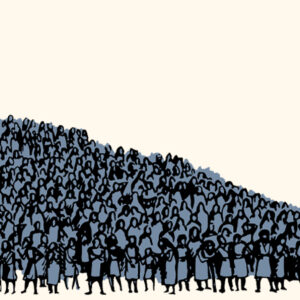
Katherine Barber, who helped define “Canadian English,” has died at 61.
You never quite realize what’s special about where you grew up until you’ve been away for awhile: it has taken me 20 years—as a Canadian living abroad—to appreciate the degree to which there is, in fact, a very particular and colorful homegrown language that exists north of the border.
So I very much appreciate the first sentence of this New York Times’ obituary of Katherine Barber, who almost singlehandedly worked to create the first comprehensive Oxford Canadian Dictionary:
In Canada, it’s possible to find a man lounging on a chesterfield in his rented bachelor wearing only his gotchies while fortifying his Molson muscle with a jambuster washed down with slugs from a stubby.
The only thing I didn’t understand was “jambuster.” But then I read on to learn that “jambuster” is a term used largely in Manitoba and northwestern Ontario (which I will now use religiously whenever I am confronted with a jelly donut). However, there’s also mention of a “steamie” (a steamed hotdog in Quebec), about which I must take issue: even if you’re anglophone, if you want a hot dog in Montreal you ask for a “steamé.”
But these two examples get at the difficulty and importance of Barber’s work: language is never really “national,” but rather a set of regional, localized vocabularies, a rich collection of interlacing argots that give color and specificity to life, which, after all, is always local.
In honor of Katherine Barber—her life and her work—I will pour out a few splashes of 50 from a stubby later today.
Jonny Diamond
Jonny Diamond is the Editor in Chief of Literary Hub. He lives in the foothills of the Catskill Mountains with his wife and two sons, and is currently writing a cultural history of the axe for W.W. Norton. @JonnyDiamond, JonnyDiamond.me



















